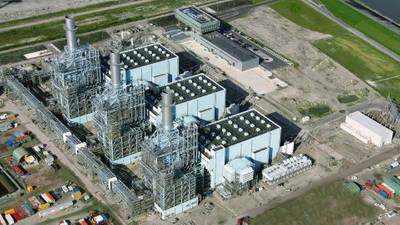Partners Evaluating Conversion of Natural Gas to Hydrogen
This is equivalent to emissions from more than 2 million cars.
The scope of the MoU also includes exploring how to design a large-scale value chain where production of hydrogen is combined with CO2 capture, transport and permanent storage as well as considering potential business models.
Designing a large-scale value chain
The technology for producing hydrogen by converting natural gas into hydrogen and CO2 is proven and known. The new element is to design a large-scale value chain.
So far, high costs combined with lack of CO2 storage facilities have limited the development of a low-carbon value chain for hydrogen based on natural gas.
If the Norwegian CCS demonstration project is realized, this may open up for future CO2 storage from other projects, including the joint Vattenfall, Gasunie and Statoil (STO) project.
Giving new possibilities
Statoil has more than 20 years of experience with CO2 storage on the Norwegian continental shelf. The company has launched a climate roadmap, which details our targets for CO2 emission reductions and improved carbon intensity and energy efficiency.






